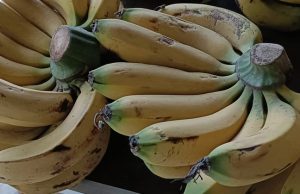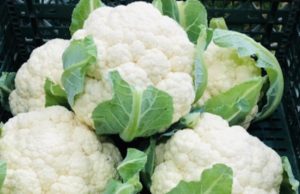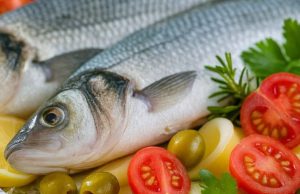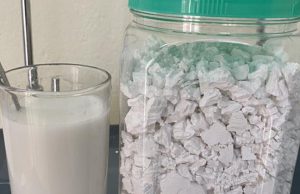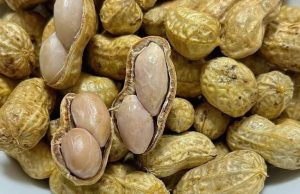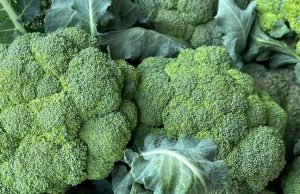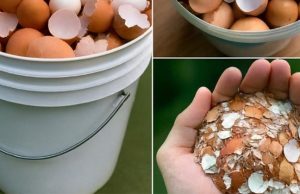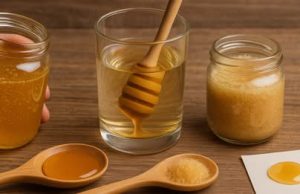Boiling water constantly
Many people make the mistake of thinking that boiling water constantly will save energy when the kettle is already hot. Boiling water continuously makes the heating element of the electric kettle too hot, leading to quick burnout. It is best to let the kettle have a rest between boiling sessions to cool down the heating element.
In many cases, if you boil water for an extended period, the thermal relay will automatically cut off the power to the kettle, even though it is plugged in and the indicator light is not on. You will need to wait for a while until the kettle cools down before you can use it again.
Boiling water beyond the manufacturer’s specified level
If you boil too much water, it can cause the boiling water to overflow from the kettle, flowing onto the heating element and causing an electrical short circuit. On the other hand, if you boil too little water, the boiling water is more likely to evaporate quickly, leading to the risk of the kettle running dry and potentially causing overheating, electrical short circuits, which can be very dangerous.
Any electric kettle will have maximum and minimum water level markings necessary for boiling. The markings are usually indicated with horizontal lines and are measured in milliliters. In addition to the numerical markings, there are also “Max” and “Min” labels (representing the maximum and minimum levels). You can easily observe these markings on the body of the kettle to adjust the water level accordingly.
Do not cover or close the lid when boiling water

This mistake not only wastes electricity but also takes more time to boil water. Electric kettles are designed with an automatic shut-off feature that only activates when the kettle’s lid is securely closed. Therefore, if boiling water is not interrupted, it poses a high risk of explosion, damaging the kettle.
Using the electric kettle to cook food
Electric kettles are designed for boiling water and are not suitable for cooking tasks such as boiling eggs, making soup, or heating milk. Using the kettle for other purposes can lead to the accumulation of residues and impurities inside the kettle, reducing the product’s lifespan, and the food prepared may not be fully cooked.
Using a kettle with blockages
When the kettle has blockages, it reduces the ability to absorb heat from the heating element, resulting in a longer boiling time. Additionally, excessive blockage can damage the thermal sensor, causing the kettle to shut off even before the water reaches boiling point.
Therefore, after some time of use, it’s important to clean the inside of the kettle, removing any buildup, to ensure safe usage and enhance the durability of the kettle.
Pouring out water immediately after boiling
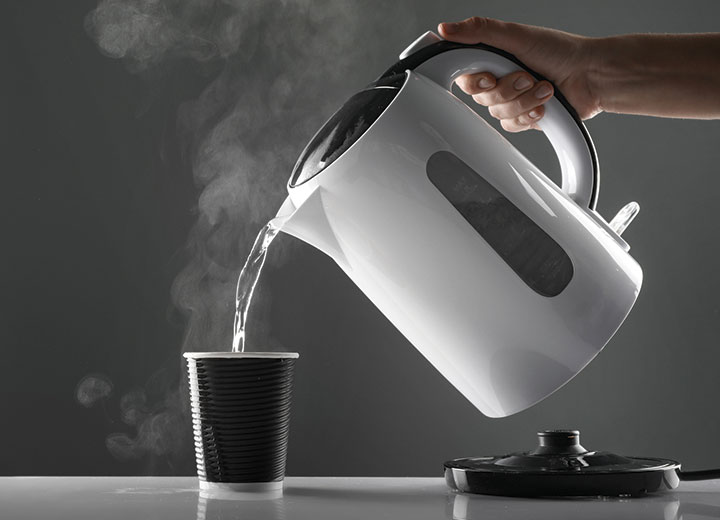
After water has boiled, it’s common for people to pour out all the water from the kettle. This should be avoided as, even after turning off the electrical switch, the heating element continues to radiate heat. If all the water is poured out immediately, the heating element can quickly deteriorate. It is recommended to leave about 20 ml of water in the kettle, wait for it to cool completely, and then pour out the remaining water.
Pouring out all the water into the cup immediately after boiling
Pouring out all the water from the kettle into the cup immediately after boiling is a common mistake. When the water reaches 100 degrees Celsius, the electric kettle will automatically shut off, but the heating element inside still radiates heat. Pouring out all the water right away can cause a sudden temperature change in the heating element, leading to a reduction in its lifespan.



